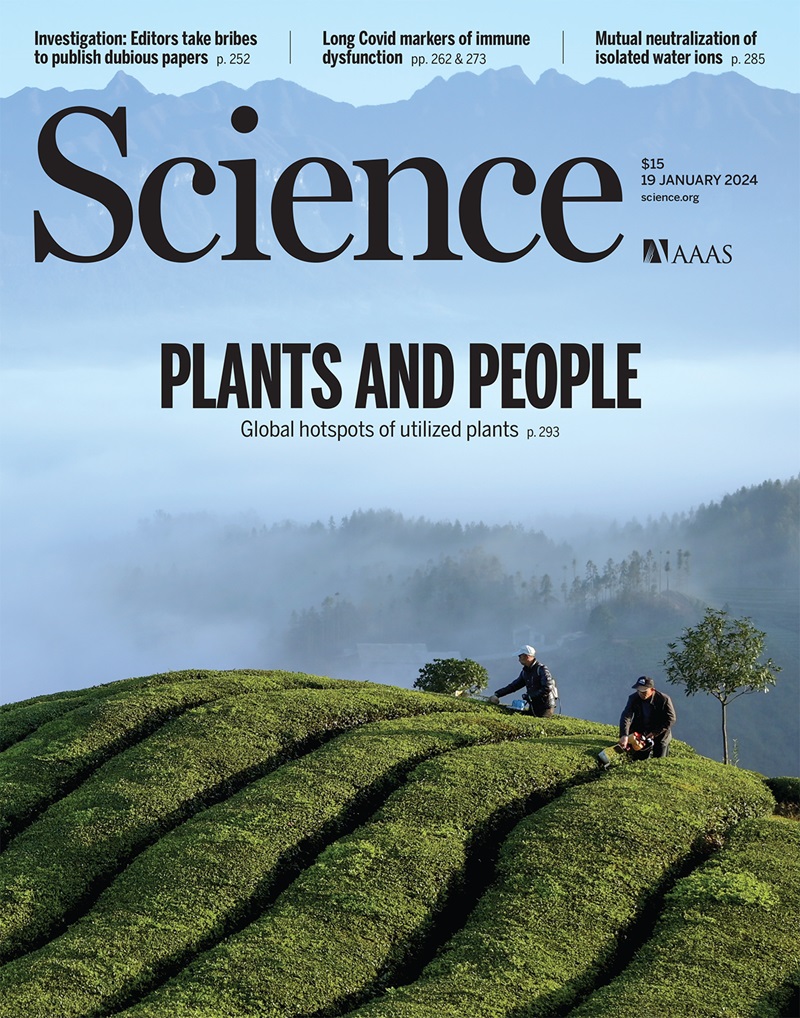Prevalence-induced concept change in human judgment
IF 44.7
1区 综合性期刊
Q1 MULTIDISCIPLINARY SCIENCES
引用次数: 60
Abstract
Why do some social problems seem so intractable? In a series of experiments, we show that people often respond to decreases in the prevalence of a stimulus by expanding their concept of it. When blue dots became rare, participants began to see purple dots as blue; when threatening faces became rare, participants began to see neutral faces as threatening; and when unethical requests became rare, participants began to see innocuous requests as unethical. This “prevalence-induced concept change” occurred even when participants were forewarned about it and even when they were instructed and paid to resist it. Social problems may seem intractable in part because reductions in their prevalence lead people to see more of them.
人类判断中由普遍性引起的概念变化
为什么有些社会问题看起来如此棘手?在一系列实验中,我们发现,人们通常会通过扩展自己对刺激物的概念来应对刺激物流行率的下降。当蓝色圆点变得稀少时,参与者开始将紫色圆点视为蓝色;当威胁性面孔变得稀少时,参与者开始将中性面孔视为威胁性;当不道德的请求变得稀少时,参与者开始将无害的请求视为不道德。这种 "普遍性引起的概念改变 "甚至在参与者事先得到警告,甚至在他们得到指示和报酬以抵制这种改变的情况下也发生了。社会问题看似难以解决,部分原因是其流行程度的降低导致人们看到了更多的问题。
本文章由计算机程序翻译,如有差异,请以英文原文为准。
求助全文
约1分钟内获得全文
求助全文
来源期刊

Science
综合性期刊-综合性期刊
CiteScore
61.10
自引率
0.90%
发文量
0
审稿时长
2.1 months
期刊介绍:
Science is a leading outlet for scientific news, commentary, and cutting-edge research. Through its print and online incarnations, Science reaches an estimated worldwide readership of more than one million. Science’s authorship is global too, and its articles consistently rank among the world's most cited research.
Science serves as a forum for discussion of important issues related to the advancement of science by publishing material on which a consensus has been reached as well as including the presentation of minority or conflicting points of view. Accordingly, all articles published in Science—including editorials, news and comment, and book reviews—are signed and reflect the individual views of the authors and not official points of view adopted by AAAS or the institutions with which the authors are affiliated.
Science seeks to publish those papers that are most influential in their fields or across fields and that will significantly advance scientific understanding. Selected papers should present novel and broadly important data, syntheses, or concepts. They should merit recognition by the wider scientific community and general public provided by publication in Science, beyond that provided by specialty journals. Science welcomes submissions from all fields of science and from any source. The editors are committed to the prompt evaluation and publication of submitted papers while upholding high standards that support reproducibility of published research. Science is published weekly; selected papers are published online ahead of print.
 求助内容:
求助内容: 应助结果提醒方式:
应助结果提醒方式:


